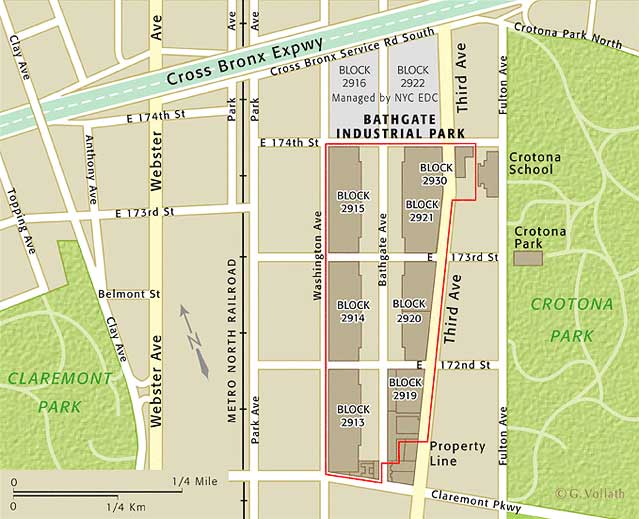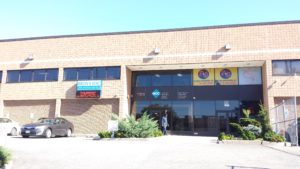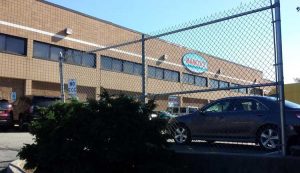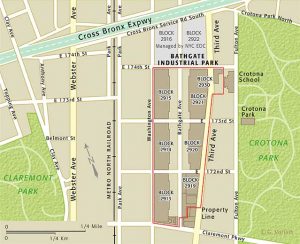New York City’s ground lease with the Port Authority of NY and NJ for the Bathgate Industrial Park (“BIP”) was nearing its expiration, causing the City to evaluate alternatives for maximizing the Park’s long-term economic impact. The BIP is a compact industrial park in the central Bronx, comprised of 7 City blocks in the Bathgate section. It is adjacent to the Cross Bronx Expressway, which provides access to the rest of the City and, via Interstate 95, the rest of the Northeastern United States. Developed in the 1980s to spur economic development in the South Bronx, the BIP contains approximately 612,000 square feet of industrial and commercial space.
Given the upcoming lease expiration, NYCEDC hired a consultant team including RESGroup to assess the BIP’s potential as an industrial location given various redevelopment strategies. Like many urban industrial markets, New York City’s faces many challenges, including declining inventory, competition from other land uses, relatively high occupancy and employment costs, limited highway access, and potential incompatibility with nearby residential uses. As such, the NYCEDC has many public-sector goals for the BIP, including creating and preserving high-quality middle-class industrial jobs, expanding the City’s inventory of industrial space, and strengthening the South Bronx Industrial Business Zone. Other factors, such as identifying/adding synergistic uses to help support the BIP, providing the surrounding neighborhood with economic opportunities and amenities, and the desire to improve local industrial supply networks were also important strategic considerations for the City.
RESGroup completed market due diligence to help understand the local and regional demand for various types of industrial, office, and retail space at the BIP, and to understand the types of amenities, services, and infrastructure that would be necessary to maximize the potential of the industrial park. Working with the planners, Perkins Eastman, we evaluated several redevelopment scenarios, some of which included combining sites and considered the potential for multi-story industrial space. We also provided a financial pro forma for each scenario to understand its feasibility and need for public incentives to support private development.



